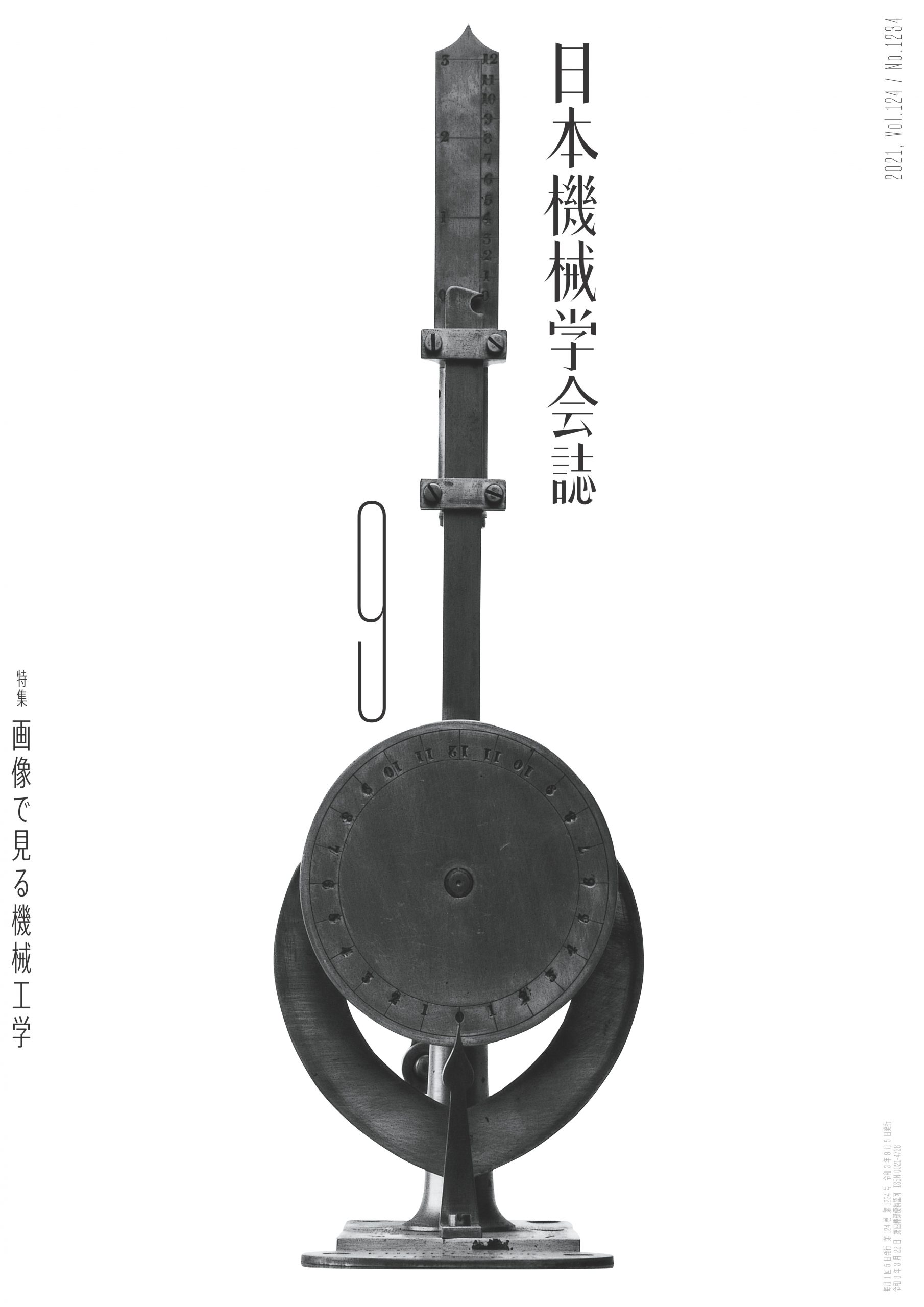Write Your Science Right・研究を世界に届ける文章力
第9回 Do P-Values Always Show Us the Full Picture? Here’s How P-Values Should Be Used in Research
If you’re a researcher, you’re familiar with the most traditional measure of significance testing: the p-value. When one assumes that the null hypothesis (帰無仮説)is true, the estimated probability of rejecting the null hypothesis is, essentially, what p-values indicate.
However, the misuse of p-values is rampant in academia, and several statistical studies have explained the challenges of using this common measure in significance testing.
To overcome these limitations and avoid common errors related to p-values, the American Statistical Association (ASA) released the “Statement on Statistical Significance and P-Values” in 2016, in which six principles on the appropriate use and interpretation of p-values were outlined.
Let us understand the ASA principles in detail, in addition to how they are applicable to research.


機構模型
工部大学校の「機械学」教育機器(機械遺産第100号)
ハートカム
明治7(1874)年/真鍮、鉄、木製台座/H400, W300, D303(mm)/
東京大学総合研究博物館所蔵
「HEART CAM」の刻記あり。工部大学校を示す「IMPERIAL COLLEGE OF ENGINEERING. TOKEI. 1874」の金属プレート付。工科大学もしくは工学部の備品番号の木札があるが判読不能。
上野則宏撮影/東京大学総合研究博物館写真提供/インターメディアテク展示・収蔵
[東京大学総合研究博物館]